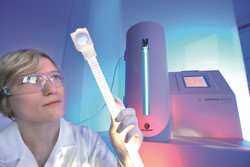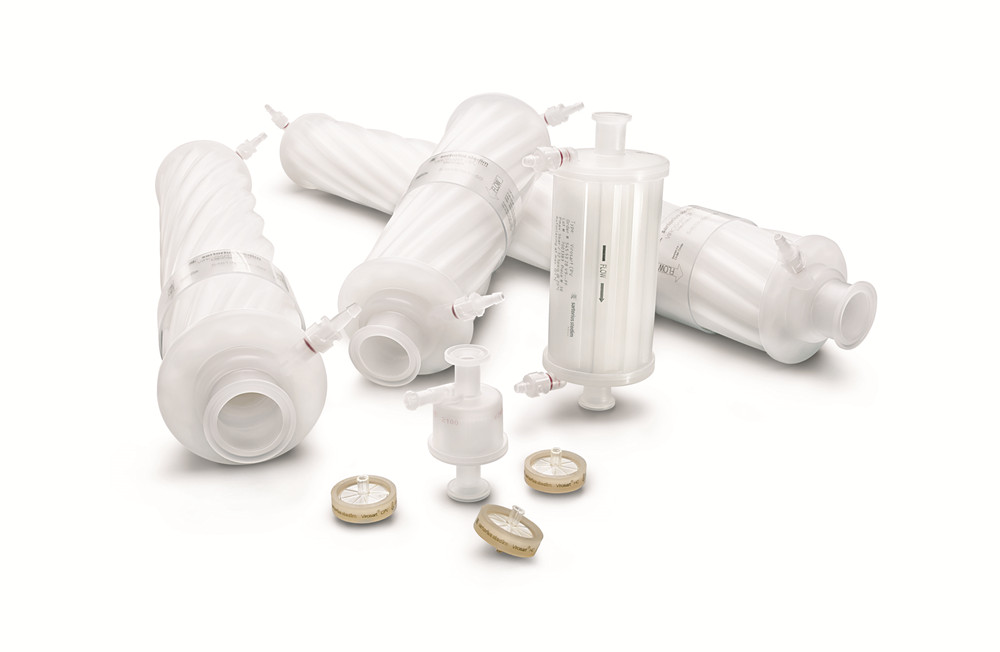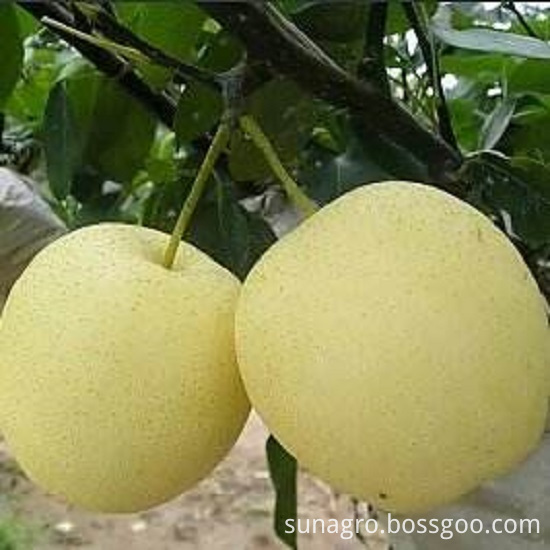The importance of virus removal technology in the downstream production process of biopharmaceuticals
The virus removal step is essential to ensure the safety and integrity of biopharmaceutical products. The ICH Q5A regulatory guidelines require therapeutic biologics manufacturers to implement key technologies in their manufacturing processes that remove or inactivate known or unknown viral contaminants based on process-specific virus removal strategies. Such virus removal steps must be verified to demonstrate that the techniques used are effective in removing various known and unpredictable diseases during the process. "well designed separation steps, such as chromatographic procedures, filtration steps and extractions, can be effective virus removal steps provided that they are performed under partial controlled conditions. An effective virus removal step should give reproducible reduction of virus load Shown by at least two independent studies" 20nm virus removal filtration is a relatively mature, safe, effective and widely used method. Ideal virus removal filters should be able to trap potential viruses in the environment and allow high protein throughput rates while maintaining high flow rates without significant The virus flows through the phenomenon. Of course, in the filtration process, it is also common for the filter to be gradually blocked and the virus is transmitted. So choosing the right virus removal filter should strike a balance between flow rate, throughput and cost while maintaining safety. If a type of filter has corresponding data to prove that the virus can not stably flow through the flow rate reduction, it first indicates that the filter has the highest safety, and secondly, it needs to check its filtration flux and price. Appropriate adjustment of filtration area and filtration time on the premise of acceptable prices to ensure the economics of the process is the need for large-scale production. The most commonly used parvovirus filters on the market, such as Virosart CPV and HF, are still able to effectively remove viruses under high Log Degradation (LRV), even in high traffic attenuating conditions. .
Fresh and sweet snow pear can help digestion, embellish the lung and clear the heart, eliminate phlegm and stop cough, antipyretic, detoxification sores effect, and diuresis, the role.Pear crisp juice, sweet and sour, nutritious, healthy.Its fleshy, soft fruit juice is rich in sweetness and a hint of acid and flavor including: 15,16,20,28 PCS / 4.5kg;30,32,40,48,56 PCS / 9 kg;,72,80,96,112 60 PCS / 18 kg.We can pack them by 4.5kg/CTN, 9kg/CTN, 18kg/CTN or as you require. The harvest season of snow pear is September to October, and the refrigerated supply period is November to may of the following year.If you need any help, please let us know.
Sweet Snow Pear,Fresh Sweet Snow Pear,Fruit Sweet Snow Pear,Fresh White Snow Pear Jining Sunagro Trade Co., Ltd. , https://www.sunagro-food.com

At present, the common monoclonal antibody drug virus removal technologies on the market include nanofiltration virus technology, pH incubation, and membrane chromatography technology. Among them, a virus removal filter with a rejection rate of 20 nm is widely used. An effective method for removing virus from a feed solution, which is achieved by a size exclusion mechanism, which removes a virus with or without an envelope, but requires a virus challenge test to verify the virus removal effect of the step, the virus Verification experiments typically use downscale equipment to perform virus interception experiments with parameters in the production process. For example, the dedicated parvovirus filters Virosart CPV and HF (20nm virus filter) are used for virus interception and removal, meeting regulatory requirements of more than 4 log interception targets, and even exceeding this goal. 
